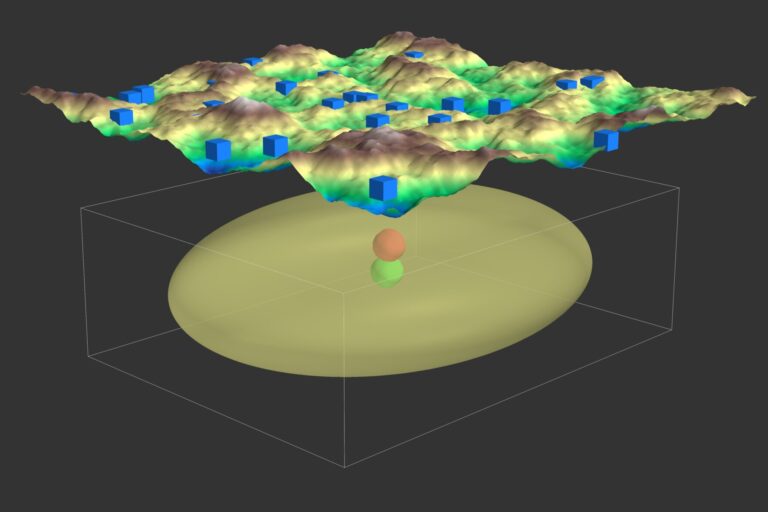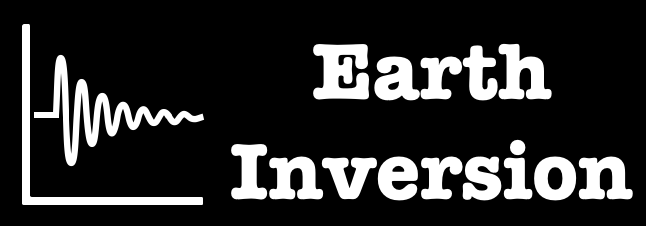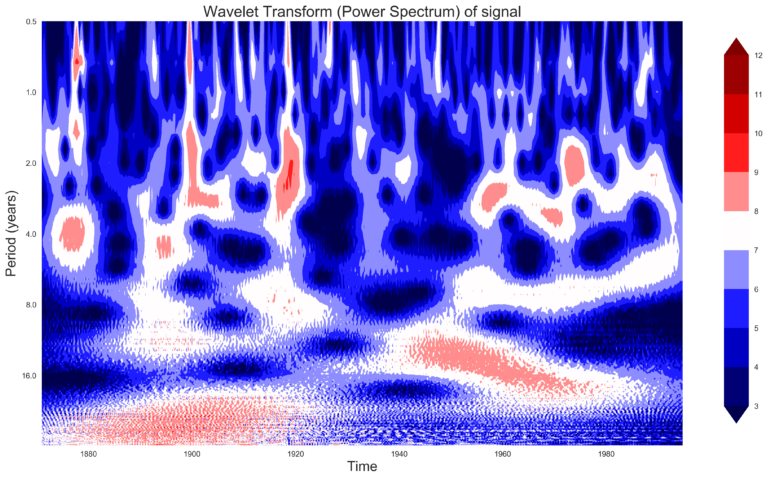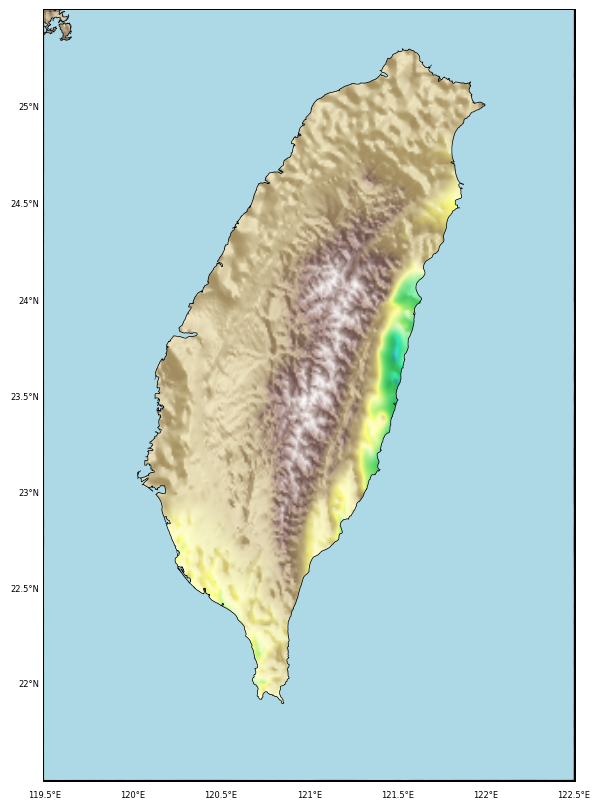Solving a Toy Earthquake Location Problem Using a Genetic Algorithm

Discover how Genetic Algorithms can be applied to solve the earthquake location problem in seismology. This post walks through generating synthetic seismic data, implementing a GA to estimate earthquake locations, and visualizing results. While effective, the approach has limitations, including simplified assumptions and constraints.






